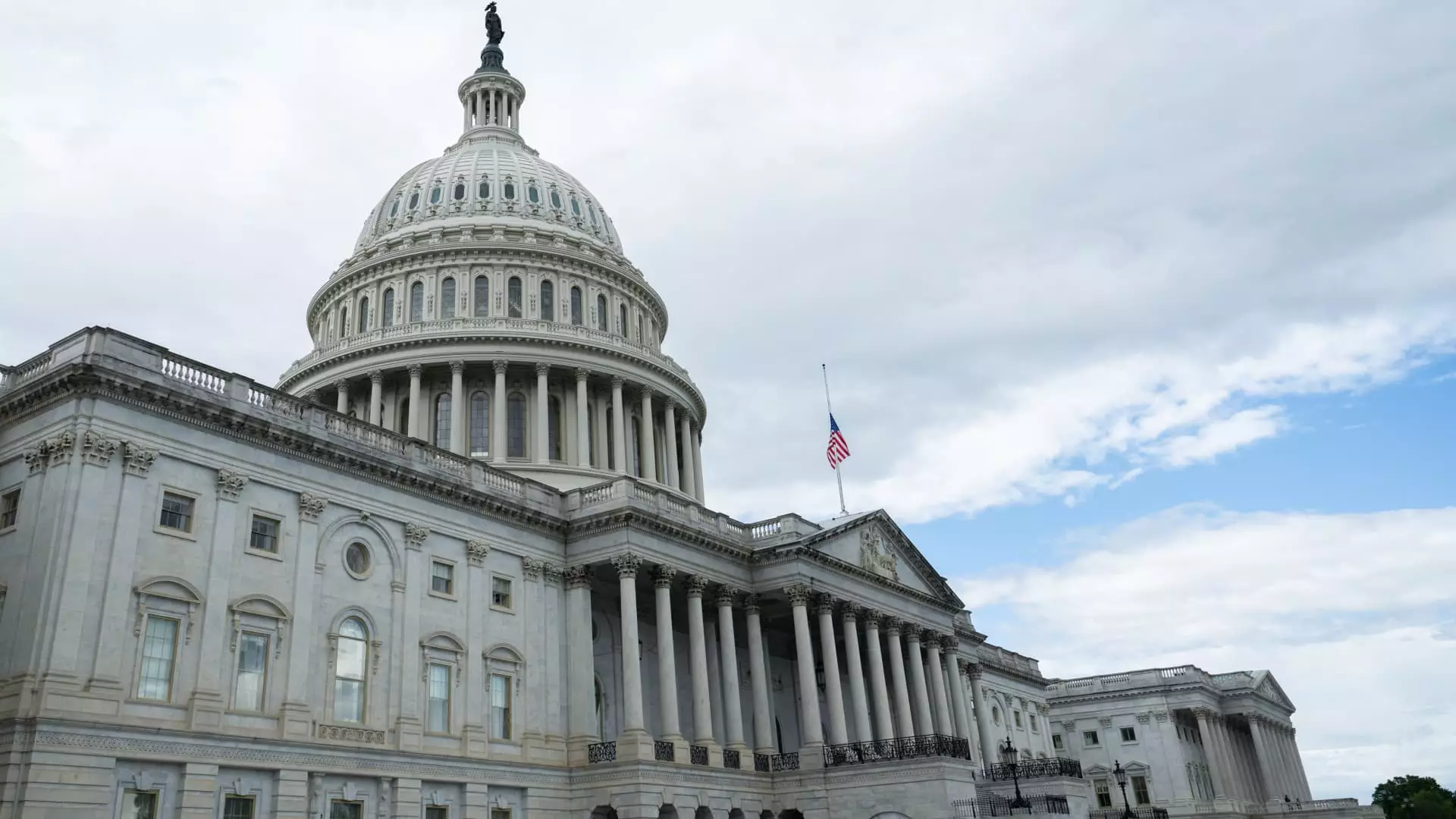In an audacious move that could echo through generations, House Republicans have pushed through a sweeping tax cut bill that many economists warn could increase the national debt by trillions. We live in a time of precarious financial realities, and the implications of this legislation could be devastating for the average American. The estimate put forth by the Committee for a Responsible Federal Budget suggests that this legislation could add approximately $3.1 trillion to the U.S. national debt over the next ten years, ballooning it to a staggering $53 trillion. The Penn Wharton Budget Model goes even further, estimating that the burden could hit $3.8 trillion. If we ponder these numbers, it becomes abundantly clear that we may be standing on the precipice of a fiscal catastrophe.
The argument in favor of this tax cut hinges on the prospect of economic growth. Tax cuts are ostensibly designed to stimulate investment and consumer spending. However, the grim reality is that less revenue flowing into the federal coffers today could mean an unstable and insecure economic environment tomorrow. By prioritizing immediate tax relief—largely benefiting the wealthiest—over long-term financial stability, lawmakers risk jeopardizing the fiscal integrity of our nation.
Destructive Consequences for Ordinary Americans
While some Republicans champion the notion that President Trump’s tariffs would compensate for these tax cuts, many experts dismiss this as wishful thinking. Tariffs are unpredictable revenue sources that can be easily overturned by successive administrations. A responsible government should not gamble on such a shaky foundation. The insidious reality is that this bill disproportionately shifts the financial burden onto lower-income families, ultimately sacrificing essential safety nets for those who need them most, like Medicaid and food assistance programs. This blatant disregard for vulnerable populations cannot be overstated.
Economists unanimously argue that the forests of debt created by the tax cuts will lead to a vicious cycle of rising interest rates. What does this mean for the everyday consumer? A higher debt burden suggests that mortgages, auto loans, and other essential financing options will become increasingly unaffordable. Imagine the first-time homebuyers and families seeking reliable transportation, only to find their dreams crushed under the weight of higher financing costs. As Mark Zandi, chief economist at Moody’s warns, these rising interest rates create a twofold problem: not only do they heighten the cost of borrowing, but they also stifle consumer confidence and spending.
The Inevitability of Rising Interest Rates
The financial implications of a ballooning debt are not merely theoretical; they manifest in real consequences for American families. With the U.S. Treasury yielding at an already high rate, the fear among economists is palpable. If the current trajectory continues, we could see a frightening increase in interest rates, with fixed 30-year mortgage rates leaping to over 7.6%. Such an increase could render homeownership an unrealistic dream for countless families, sidelining future generations and potentially destabilizing the housing market. The ramifications extend deeper, as consumers develop a wariness of spending, thereby reining in economic growth.
A key point to consider is how rising interest rates will disproportionately impact those who are least equipped to bear them. Lower-income consumers, already experiencing financial strain, will be hit the hardest. The irony lies in the fact that these individuals are also the ones who benefit most from safety-net programs that face drastic cuts under the new legislation. The principle of fairness is dismissed entirely as we rather prefer to enrich a wealthy elite at the expense of the most vulnerable.
Investors React: A Shrinking Safe Haven
The financial community is watching closely as rising national debt could prompt investors to demand higher yields to offset perceived risks. Such a scenario creates a vicious feedback loop: higher interest rates lead to falling bond values, which in turn reduce the net worth of countless investors. The recent downgrade of the U.S. credit rating by Moody’s is a stark reminder of the risks associated with this reckless borrowing spree. Concerns about future debt repayments lead to investor hesitance, sparking higher borrowing costs across the board.
As shown by the recent volatility in Treasury bond markets, anxieties regarding debt burdens are not being taken lightly. In an era where financial security is paramount, this plan to cut taxes while piling on debt raises alarm bells. The collective sentiment in the bond market increasingly points toward apprehension regarding the nation’s fiscal direction, and rightly so.
It’s crucial to remember that the U.S. government’s fiscal health is often perceived as a reflection of national strength. If policymakers are content to torch this vital pillar of American stability with extravagant tax cuts for the wealthy—at the expense of the entire nation—it leaves us questioning the very integrity of our government. Instead of investing in the future, we risk entrenching ourselves deeper into a cycle of debt that erodes the American Dream for all.

